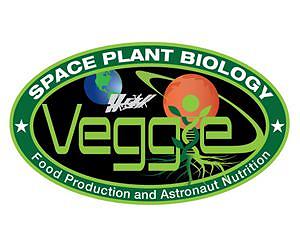.

Flowers could be blooming on the International Space Station after the New Year. This morning, NASA astronaut Kjell Lindgren activated the Veggie plant growth system and its rooting "pillows" containing Zinnia seeds on the space station.
It is the first time that a flowering crop experiment will be grown on the orbiting laboratory. Growing Zinnias in orbit will help provide precursory information about other flowering plants that could be grown in space.
"Growing a flowering crop is more challenging than growing a vegetative crop such as lettuce," said Gioia Massa, NASA Kennedy Space Center payload scientist for Veggie. "Lighting and other environmental parameters are more critical."
Lindgren will turn on the red, blue and green LED lights, activate the water and nutrient system to Veggie, and monitor the plant growth. The Zinnias will grow for 60 days, which is twice as long as the first and second crop of Outredgeous red romaine lettuce that grew on the space station.
During the growth cycle, the LED lights will be on for 10 hours and off for 14 hours in order to stimulate the plants to flower.
"Growing the Zinnia plants will help advance our knowledge of how plants flower in the Veggie growth system, and will enable fruiting plants like tomatoes to be grown and eaten in space using Veggie as the in-orbit garden," said Trent Smith, Veggie program manager at Kennedy.
Researchers also hope to gather good data regarding long-duration seed stow and germination, whether pollen could be an issue, and the impacts on crew morale. Growing tomato plants on the space station is planned for 2017.
The Veggie system was developed by Orbital Technologies Corp. (ORBITEC) in Madison, Wisconsin, and tested at Kennedy before flight. Veggie, along with two sets of pillows containing romaine seeds and one set of zinnias, was delivered to the station by SpaceX on the third cargo resupply mission in April 2014.
Quelle: SD
4745 Views
